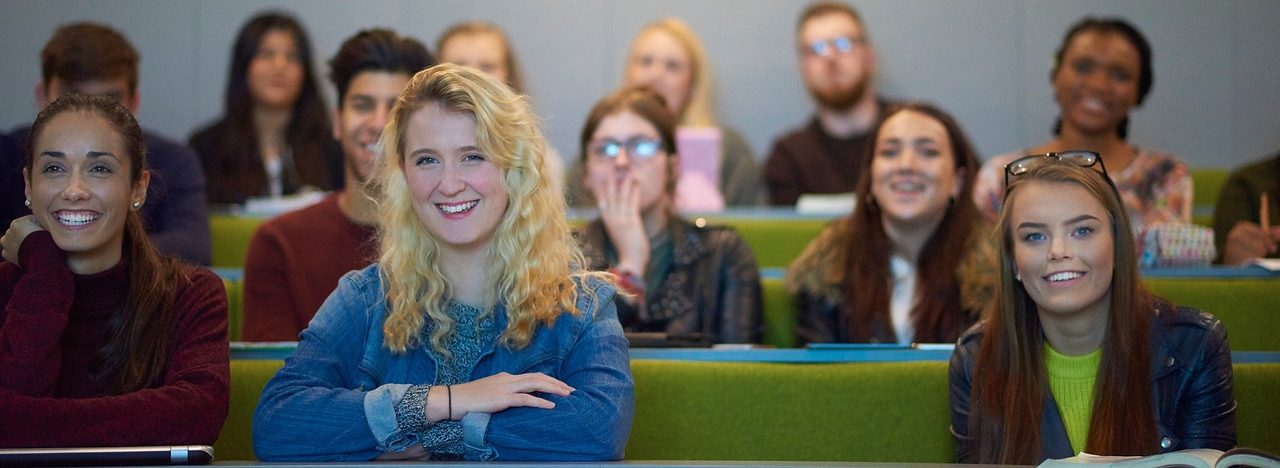
- Supporting Transition to Higher EducationWhat we do To facilitate the induction and transition of students new to Higher Education, The BA Hons Teaching Learning & Child Development programme have developed a work booklet for their students to engage with through the Getting Started pages. The booklet, divided into 4 key sections, is designed to introduce students to common ways… Read more: Supporting Transition to Higher Education
- Practical PedagogyShaping up to be an awesome event! Register for this FREE event taking place on September 13th
- New post on HEPIPosted on May 13, 2020 by Dr Dawne Irving-Bell Online learning: Are we asking the right questions? Without warning, and almost overnight, the higher education sector has embarked on a whole-scale experiment in online learning. There is no doubt that this is a challenging time for both students and teaching staff, but what can the academic literature tell us… Read more: New post on HEPI
- PRACTICAL PEDAGOGY ONLINE CONFERENCE (it’s FREE!!!)Practical Pedagogy Online Conference FREE There is a national conference on September 13th with experts in SoTL from across the country presenting and attending. Dr Dawne Irving-Bell has been invited to attend as a member of the Scholarship and Impact Panel where delegates can ask questions. To Register: If you are interested in attending,… Read more: PRACTICAL PEDAGOGY ONLINE CONFERENCE (it’s FREE!!!)
- @TalkingHEpodCheck out this monthly @TalkingHEpod podcast by @santanuvasant from UWL. This month chatting to our very own Dr Dawne Irving-Bell about the National Teaching Repository! #TalkingHE
- Dare to Transform!Coming soon! Speaking at the next University of Sussex staff development seminar Dr Dawne Irving-Bell.
- The National Teaching RepositoryEstablished using funding from AdvanceHE The National Teaching Repository is a platform where colleagues can share effective interventions that lead to real improvements in teaching & learning. For more information visit our Welcome and Guidance page: https://figshare.edgehill.ac.uk/articles/presentation/NTR_-_Welcome_pdf/12673016 To submit your work here please visit: https://figshare.edgehill.ac.uk/submit
- #creativeHEjamJoin the conversation 12-19th June 2020. Visit: #creativeHEjam or to book your place please click here: https://bit.ly/2oUiDf1
- Student support initiative in the Medical Schoolby Dr. Peter Leadbetter. With the FY for Medicine we have incorporated a new student support system (and have written an SOP) to support students. We also have provided links to key student support services offered by the University (for examples please get in touch) Given that staff only have 3 FY students as personal-tutees… Read more: Student support initiative in the Medical School
- Supporting students in AHSCIn this case study Hazel Flight, AHSC within the FOHSC explains how they are working to ensure effective student communications. “We are using collaborate, not just to teach, but to have catch ups. I have a weekly catch up with each year group. This is optional for the students to attend, and give me the opportunity… Read more: Supporting students in AHSC
